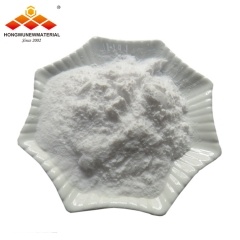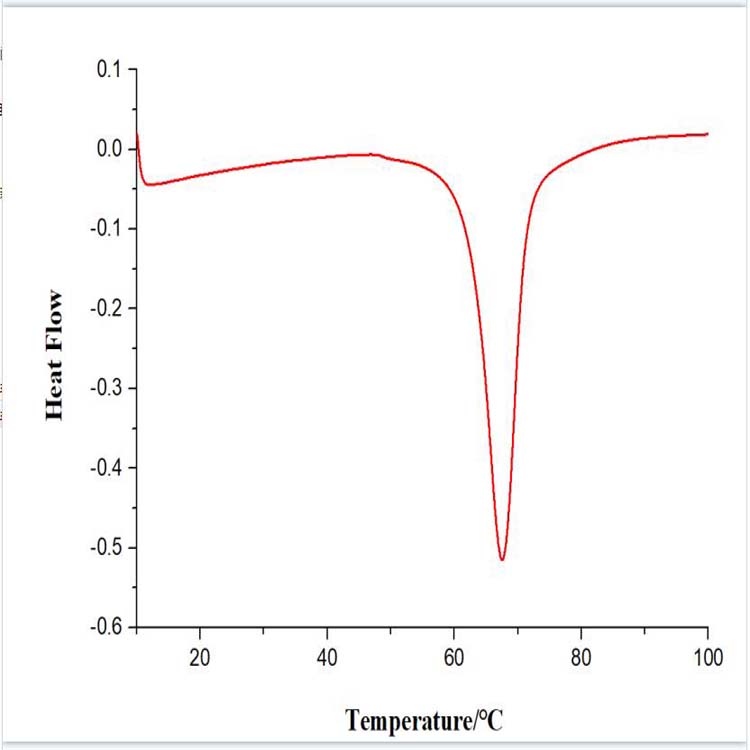Ceramic materials, as a key member of non-metallic materials, have a large number of extremely attractive properties, such as good mechanical properties and electrochemical properties, low thermal conductivity, compact and uniform structure, wear and corrosion resistance and so on.
The high specific stiffness, high specific strength and chemical inertness in complex environment of ceramic materials, as well as the low density, high hardness and high compressive strength of metal materials, make it very promising in the application of armor system, and has been widely used in the protective armor of bulletproof clothing, vehicles and aircraft and other equipment.
The bulletproof principle of ceramic material
Metal material can absorb the energy of warhead through plastic deformation, while ceramic material as brittle material, its plastic deformation is nearly 0. Therefore, under the impact of a large warhead, ceramic materials mainly absorb energy through the micro-crushing process, which can be roughly divided into the initial impact stage, erosion stage and deformation and fracture stage.The armor ceramic surface can make the warhead passivated, and the surface is crushed into small and hard particles. When the blunt projectile continues to go deep, the armor ceramic forms a layer of fragments, and the tensile stress inside the material causes the ceramic to fracture, and the remaining energy is absorbed by the back plate. The energy absorption capacity of ceramics is related to the hardness and elastic modulus of ceramics. Generally, ballistic quality factors are used to comprehensively measure the elastic resistance of ceramics:

(in the equation, E is the elastic modulus, H is the hardness, rho is the density.)
It can be concluded that the greater the elastic modulus and hardness of ceramics are, the smaller the density, and the stronger the kinetic energy absorption capacity of ceramics, namely, the better the bulletproof performance.
Gemini of Bulletproof armor material
In short, the high hardness of ceramic materials enables it to passivate or even break warheads, and absorb the energy of high-speed warheads through its own breaking process.Ceramic materials, meanwhile, have less than half the density of steel, making them ideal for mobile armor and personal protection.
Silicon carbide and boron carbide ceramics have long been used in the field of bulletproof armor.Boron carbide ceramics were first used in the 1960s to design bulletproof vests that were fitted to airplane pilots' seats. Afterwards, the bulletproof ceramic composite armor is composed of ceramic panel and composite material back plate.
Boron carbide is a strong covalent bond compound, the covalent bond is up to 93.9%, so it has the characteristics of low density, high strength, high temperature stability and good chemical stability. It is also easier and cheaper to make than diamond or cubic boron nitride. Like boron carbide, silicon carbide has strong covalent bond and high strength bond at high temperature, which endow silicon carbide ceramics with excellent strength, hardness and wear resistance.
As a bulletproof material, it is to prepare the above materials into powder and burn them into a block, so as to become a ceramic block with bulletproof ability, and then further integrate with other ingredients into a finished product that can be equipped.

We found that both sic and boron carbide ceramics have low density. The density of common alumina ceramics is about 3.5g/cm-3, while the density of sic and boron carbide is only 3.2g/cm-3 and 2.5g/cm-3, respectively. It can be seen that silicon carbide and boron carbide materials have inherent advantages in the trend of lightweight mobile armor.
Elastic modulus, elastic modulus of alumina ceramic at around 350 gpa, and silicon carbide and boron carbide materials elastic modulus at around 400 gpa, using reaction sintered silicon carbide ceramics by the Shanghai institute of elastic modulus between 360-380 gpa, and British and American countries use the same reaction sintered silicon carbide elastic modulus can reach more than 430 gpa.It can be seen that the three main armored ceramic materials have the characteristics of high elastic modulus.
In terms of hardness, boron carbide > silicon carbide > alumina.It is worth mentioning that tungsten carbide materials as the key to the production of cemented carbide materials, compared with silicon carbide, silicon carbide hardness is 2 times of tungsten carbide, 1/5 of the density of tungsten carbide, and strength at 1400 ℃ to keep not falling.
In terms of wear resistance, boron carbide > silicon carbide > alumina.According to the data measured by powder metallurgy institute of central south university, the abrasion resistance of alumina ceramics is 266 times that of manganese steel and 171.5 times that of high chromium cast iron.This shows, the performance of ceramic material in hardness and wear-resisting is far higher than wear-resisting steel and stainless steel.
Other performance, boron carbide in high temperature thermal stability is unique, compared with alumina, its thermal expansion coefficient is 1/2 of it, at 500 ℃, heat conduction is so high almost one order of magnitude, and nearly 20 times for the thermal shock resistance. However, its poor fracture toughness, low tensile strength, prone to brittle fracture, must be made of ceramic panels and composite material backboard bonding ceramic composite target, to overcome the failure of ceramics due to tensile stress.This kind of composite target plate is usually made by bonding the ceramic panel arranged in small pieces with the composite material back plate, so that the whole ceramic panel can be avoided to be broken, and only a single piece of armor can be crushed when the projectile invades.
With the development of lightweight and high-efficiency armor systems, the advantages of bulletproof ceramics are becoming increasingly prominent. As a binary star of bulletproof and armor materials, silicon carbide and boron carbide still have great room for improvement.


 English
English français
français Deutsch
Deutsch русский
русский italiano
italiano español
español português
português 日本語
日本語 한국의
한국의 Türkçe
Türkçe



















 8620-87226359,8620-87748917
8620-87226359,8620-87748917

